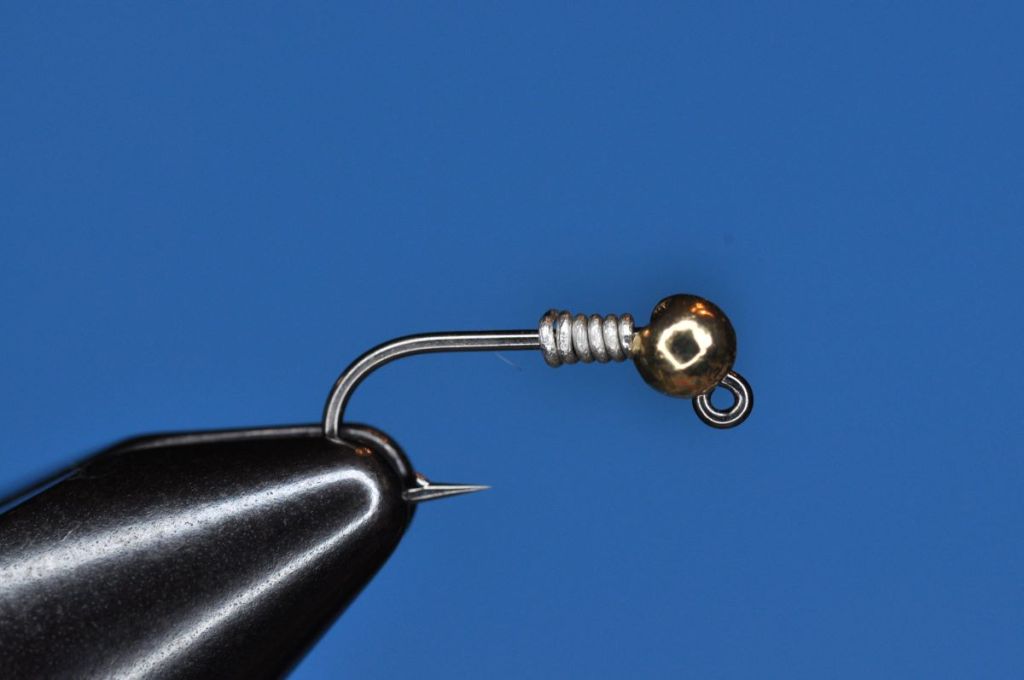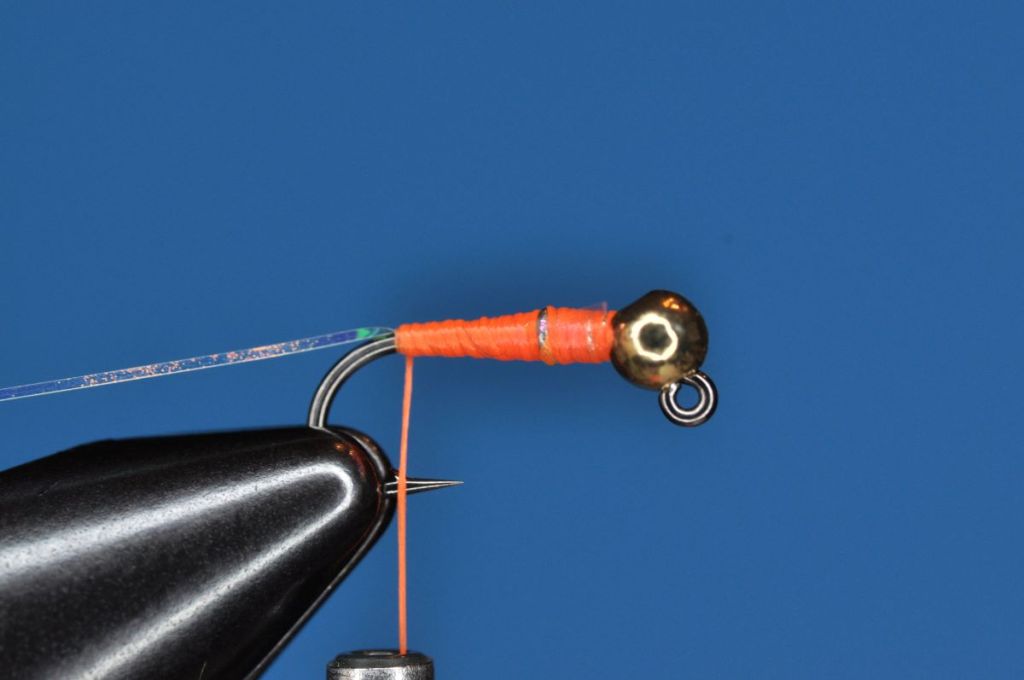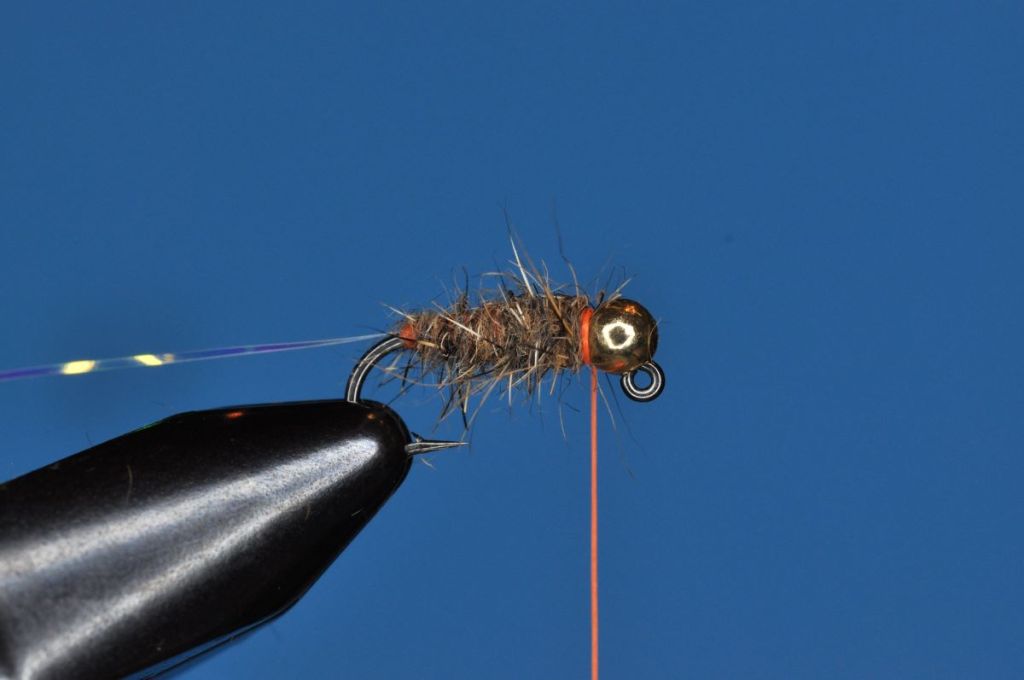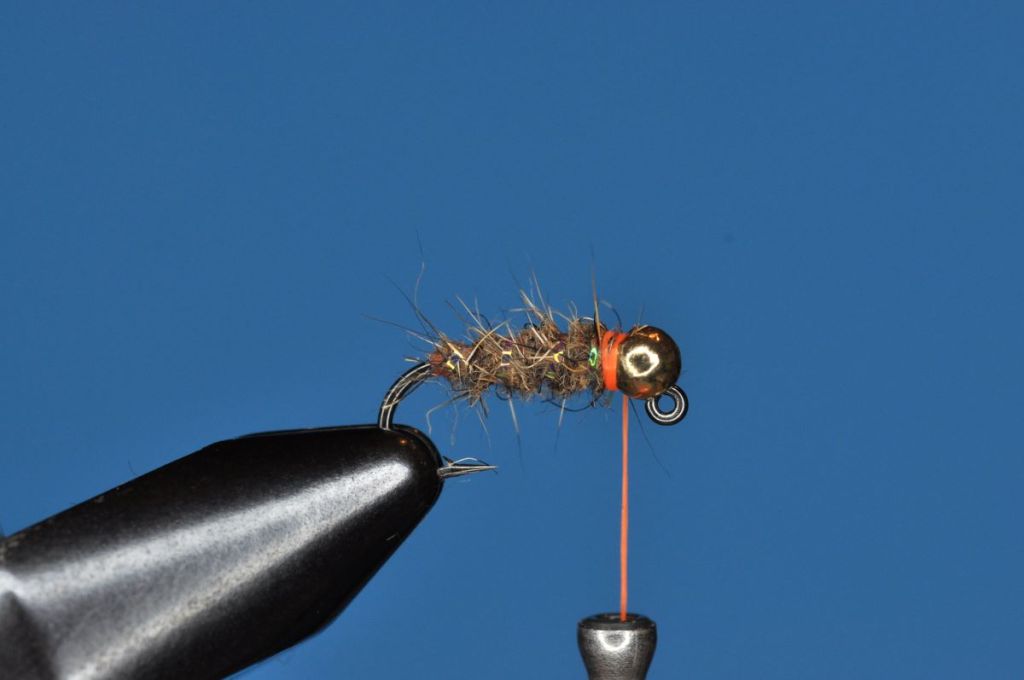
Looking for something else?
Try one of these!
Sexy Walt’s Worm Step-by-Step:
Though this post won’t go live until two days before the The Mayfly Project’s 25 on the Fly commences, it was written as I made the final push to fill my boxes in preparation of my long journey north. With my warmwater arsenal complete, I turned my attention to restocking my cold water boxes in hopes of checking three species of salmonid off my tournament to-do list.
Along with BWOs and a variety of other spring dries, that meant restocking my nymph box. This meant tying plenty of old favorites, and a few of my go-to patterns, but also the opportunity to tie something new. In this case, I settled on Sexy Walt’s Worm, the flashier derivation of Walt Young’s creation of the same name.
Mimicking everything, but a worm, this pattern can be utilized to imitate any number of aquatic species from minute mayflies to large cranefly larvae. And tied as shown, heavily weighted on a jig-style hook, it gets down to where the fish are quickly and is ideal for tight-line nymphing applications.
| Materials: | ||
|---|---|---|
 Jig-style Hook (size16) Jig-style Hook (size16) |  140 Denier (Flo. Orange) 140 Denier (Flo. Orange) |  Slotted Tungsten (Gold; 1/8″) Slotted Tungsten (Gold; 1/8″) |
 Squirrel Dubbing (Fox) Squirrel Dubbing (Fox) |  Flat Tinsel (Pearl; Narrow) Flat Tinsel (Pearl; Narrow) |  Lead-free Round Wire (0.20) Lead-free Round Wire (0.20) |
Disclosure: This post contains affiliate links. A small commission may be paid for purchases made through these links.
Sexy Walt’s Worm Step-by-Step Tying Instructions:
(Mobile Viewers: Click images to enlarge)






Tips and Tricks
- The Original – I’m afraid I don’t have much in the way of Tips & Tricks when it comes to this pattern as my experience with it is limited to say the least. Instead, I’ll simply recommend that you not overlook this patterns more subdued predecessor, the original Walt’s Worm. Depending on the circumstances it may prove the more effective weapon than its flashier descendant.
- Match the Hatch – As mentioned in the intro, this pattern is somewhat of a generalist and can mimic a variety of insect species. Be sure to carry a number of colors and sizes to mimic the various species. A cased caddis, for example, might be mimicked by simply swapping the thread for chartreuse or green and replacing the gold bead head with a black one.
Proof of Concept
While intended for trout on my visit north, I couldn’t resist the opportunity to give this pattern a test run on my local panfish. Tying on a long leader, terminating in a stretch of 7x tippet, I took my old Orvis 2wt out to the test pond.
Perhaps not the best outfit to combat 15mph gusting winds, I proceeded to swing the heavily weighted fly through the shallows.
Doing my best to maintain contact with the bottom (no small feat in the wind), I prospected a length of shoreline. And though the action proved slow in the high, turbid water, the occasional tap followed by a quick hook set was enough to provide proof of concept.
Tight Lines!
-Chris

Species Caught on Sexy Walt’s Worm to Date:
- Bluegill
